Smart Utilities with 5G and AI: Powering the Future
By The Telit Cinterion Team
August 28, 2025
By The Telit Cinterion Team
August 28, 2025
Estimated reading time: 8 minutes
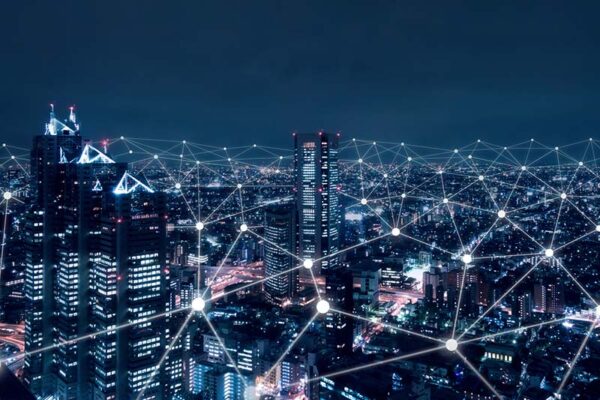
Grid and metering infrastructures are a priority for forward-looking utility companies. The framework includes an integrated system of highly connected:
Utilities that utilize this smart architecture can:
Across Europe and the U.S., smart grids and a vast sensor network pave the way for a cost-effective, eco-friendly future.
It’s often believed that smart utilities are a low-data-rate and latency-tolerant space. However, 5G uses operation models to advance smart grids for:
The smart metering dimension of smart utilities features cross-network connection capability for 4G LTE and unlicensed spectrum networks. Currently, the go-to technology for smart meters is cellular low-power wide-area network (LPWA).
The 3rd Generation Partnership Project (3GPP) defined these technologies — LTE-M and narrowband IoT (NB-IoT) — as part of the 4G LTE standard. However, they have merged under the 5G umbrella to evolve into a more effective spectrum. They will power users in 5G New Radio (NR) beyond 3GPP Release (Rel) 16.
A future smart grid framework equipped with 5G-enabled IoT solutions will transform smart utilities worldwide. 5G-Advanced (3GPP Rel 18) brings more intelligence and energy efficiency to the network. 5G-Advanced allows utilities to meet sustainability goals, including CO2 reduction and water use.
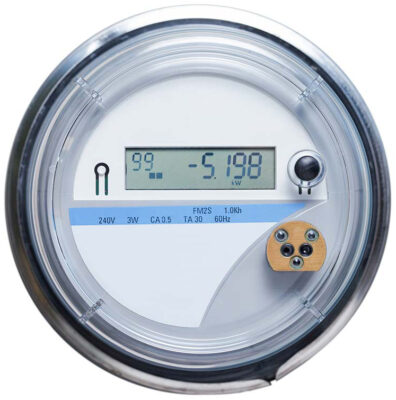
Smart grids are an evolution of the traditional power grid. They cover a variety of operational and energy measures, including:
Smart metering enables devices to connect to smart utilities. Power companies and first responders gain real-time wireless control with a 5G-enabled grid network. This control is achieved by analyzing data lakes populated by an infrastructure of meters and sensors that monitor consumption and variables (e.g., water and power quality).
These meters and sensors send readouts to data lakes operated by utility companies. The data is analyzed and expressed in alerts and diagnostics to help users understand their consumption patterns and behaviors. The era of utility companies dispatching technicians to read meters on private properties is over.
Instant access to usage data via an app helps households better understand their consumption habits and save money through more accurate billing.
Another industrial application of smart utilities involves using sensors to regulate pipelines and equipment in the oil industry. These smart devices detect gas leaks and toxins in mining operations, as well as in other applications where safety is crucial.
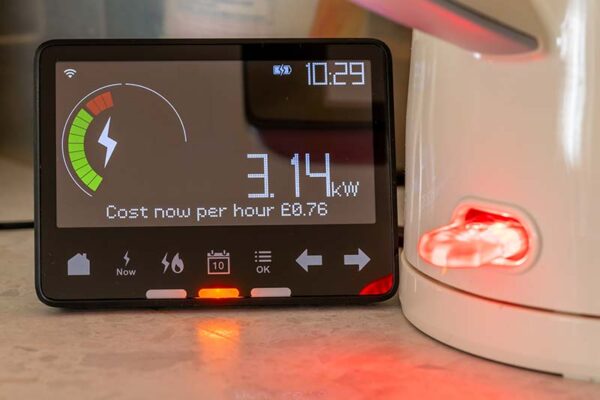
Solution providers and utilities utilize smart sensors and other emerging technologies to develop IoT innovations, like:
The quicker the communication between device and server, the faster the action.
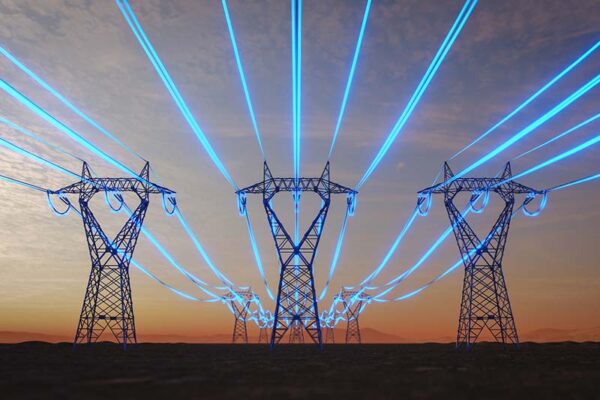
Many infrastructures are upgrading to 4G LTE solutions. As more devices stretch bandwidth to peak capacity, what advantages will 5G offer over 4G networks?
As 5G rolls out more IoT-focused features — like ultrareliable low-latency communication (URLLC) — we will see:
Metering frameworks would be difficult to access and costly to maintain if they required frequent battery replacement. 5G connectivity composed of LTE-M and NB-IoT addresses this with:
5G standards connect multiple devices for longer durations than 3G and 4G. This is essential for IoT devices used in smart grids. 5G can support over 1,000 more devices per unit area than 4G.
5G’s network slicing allows a single network to handle smart energy use cases. Applications with diverse transmission needs — from image monitoring to power distribution management — are accommodated.
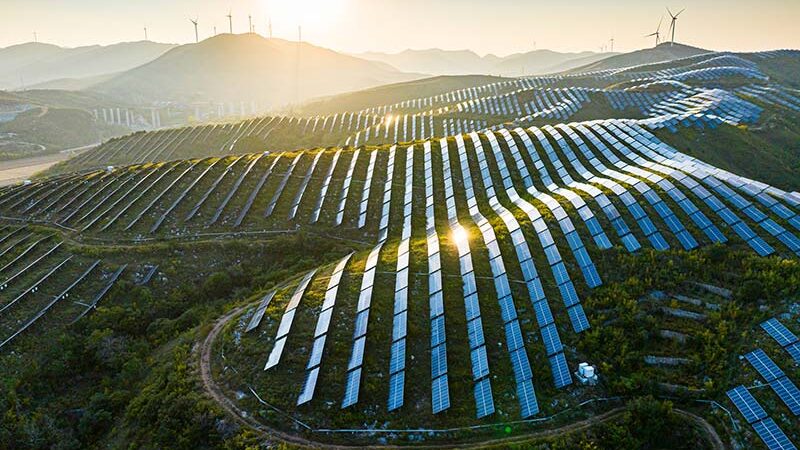
5G technology unlocks use cases for smart utilities and consumers. It enhances communication, connectivity and computation. Four major opportunities include:
5G’s high bandwidth capacity enables power grids to integrate renewable sources while providing grid reliability. Renewable energy systems have presented challenges for grid stability. They generate power intermittently, making them unreliable.
Operators harness advanced predictive algorithms and machine learning models with 5G-enabled smart grids. They predict renewable energy output and respond to changing conditions to adjust grid configurations or reroute energy flows.
5G technology facilitates the seamless integration of DERs into the grid ecosystem. DERs include diverse decentralized energy assets, like:
With 5G connectivity, DERs can communicate with grid infrastructure in real time to support bidirectional energy flows. This results in a more decentralized, flexible energy landscape. For example, EVs with 5G-enabled vehicle-to-grid technology can serve as mobile energy storage units. They provide grid services such as load balancing and peak shaving during periods of high demand.
Smart utilities with 5G technology enable demand-side management and energy optimization within the grid ecosystem. Consumers can use IoT devices and 5G smart appliances to control their energy consumption patterns to save money and ease strain on the grid during peak usage.
As power grids digitize and interconnect, they become more susceptible to cyberattacks and malicious intrusions. 5G technology enhances the security of smart grids. Security features — including encryption, authentication and network slicing — fortify grid infrastructure against cyberthreats. This safeguards the integrity and confidentiality of utilities’ and consumers’ critical data transmissions.
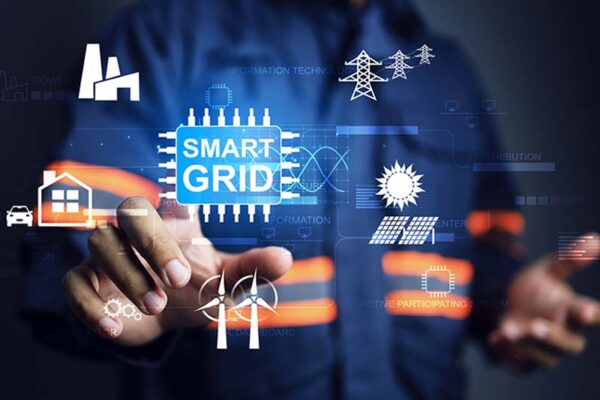
When combined with artificial intelligence (AI), 5G technology makes power grids more intelligent and efficient.
Integrating AI with the high-speed, low-latency connectivity of 5G networks provides new capabilities, including:
The next evolution of 5G technology is 5G-Advanced (5G-A). It will build upon existing 5G infrastructure to deliver improved capabilities and address new use cases. 3GPP Rel 18, the first release of 5G-A, represents a significant milestone in the evolution of cellular technology. While Rel 18 specifications may not directly target smart grids, the underlying network improvements could benefit them.
3GPP Rel 18 introduces enhancements to cellular connectivity, including improvements in:
These advancements extend the reach of cellular networks to remote or challenging environments. Smart grids can be deployed in areas with limited traditional communication infrastructure.
3GPP Rel 18 supports URLLC. This enables communication with low-latency and high-reliability applications that require real-time responsiveness, such as smart grid control and automation.
With URLLC support, smart grids can:
With 5G-enabled sensors and smart meters, power grid operators use advanced analytics to quickly receive and process data. This allows swift responses to changes in demand and potential faults or outages, minimizing downtime and improving energy distribution.
Smart utility applications require reliable connectivity and positioning and need precise timing. Substations serve as some of the most vital links in the utility chain. They regulate:
As grids become smarter and allow two-way communication and energy distribution, substations will require time synchronization to millisecond accuracy. 5G-A promises to provide this. It will enable smart grids to embrace automation and manage diverse power sources, including renewables.
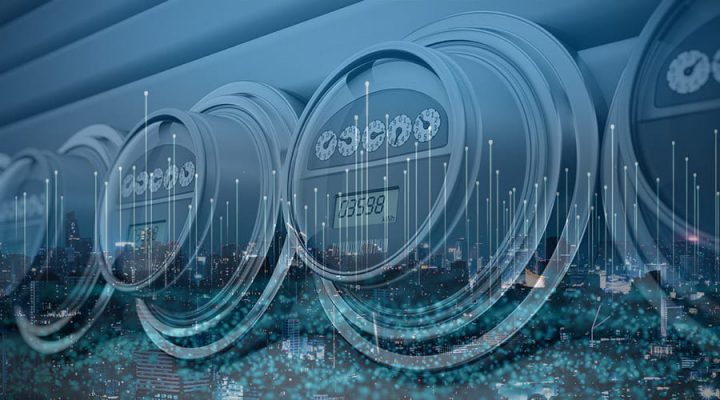
Are you ready to reach your 5G potential?
Telit Cinterion has over 30 years of experience in IoT technology and solutions. We have a proven track record of supporting the smart metering solutions industry worldwide.
Innovate or upgrade your cellular-connected and smart grid device portfolio. Our IoT experts will help you find the 5G modules and custom IoT data plans suited to your needs.
Request a smart energy IoT consultation today. Build smart energy and utility solutions with our IoT modules, connectivity services, solutions and platforms.
Editor’s note: This blog was originally published on 7 November 2019 and has since been updated.